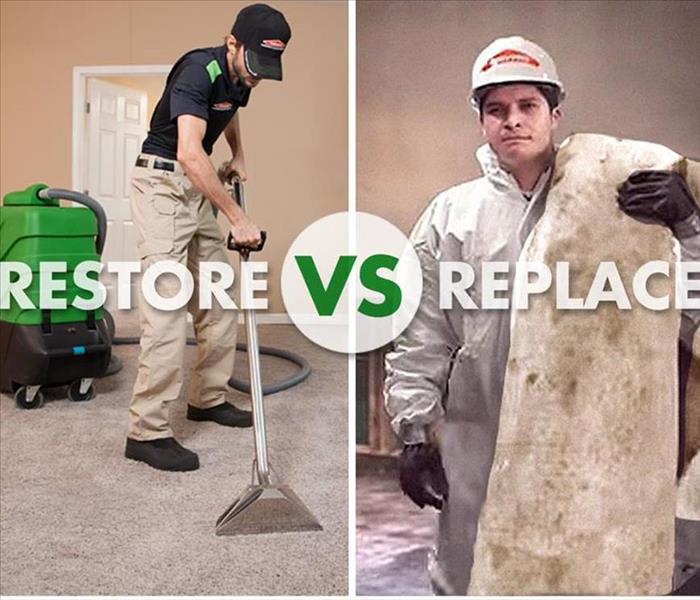Cleaning up after flood and water damage has taken over your Nashville home
6/19/2015 (Permalink)
Flooded areas are not only a hassle to clean, but can also be a threat to your health. Water that flows in from the outside can pick up a lot of bacteria along the way before it evens enters the house. Having the water sit, especially on a humid day, can cause more bacteria and mold growth. Getting the area cleared out and cleaned up as fast as possible will prevent the situation from getting worse and causing more water and mold damage.
According to the IICRC, these are valuable tips for cleaning up after a flood has left water damage in your home.
· Safety is first and foremost. Be cautious when entering buildings that have just been flooded. Ensure that the electric is turned off and the structure of the building is safe to walk into.
· Keep yourself protected. Use protective gear to protect your skin, hands, mouth and eyes. Hardware stores usually carry the necessary masks, rubber gloves and eye protection to keep you safe while cleaning up the mess.
· Keep the area ventilated. Flooded waters can bring in all different types of bacteria that can become airborne and cause illness. Make sure to open windows and place a fan in the window to ventilate the area.
· Know what to throw away and what to salvage. Any type of porous item that absorbs the contaminated flood water should not be salvaged. Examples – drywall, carpet, mattresses, pillows, box springs and particle board. Clothing and some other household fabrics may be salvageable by soaking in warm water and washing multiple times.
· Remove damaged flooring and wall panels. Remove all portions of damaged wall, wet insulation and base molding. IICRC advises to find the water line on the wall, measure about 15-20 inches above it and remove anything below that line. Any damaged flooring should also be removed to clean and disinfect under the surface.
· Prevent mold growth. With the moist environment that is created by a flood, there is lots of room for mold to grow. Try to keep the air circulating and maintain moderate temperature to prevent mold growth.
· Consider hiring a professional. Although there are situations that can be handled without a professional, some damage is more than people want to handle on their own. Restoration companies have trained technicians, specialized cleaners and equipment to get the job done effective and efficiently.






 24/7 Emergency Service
24/7 Emergency Service
